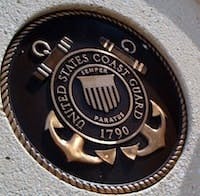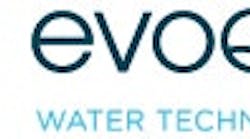The NSF Intl. Independent Laboratory (IL) will begin testing of Evoqua Water Technologies’ SeaCURE ballast water management system (BWMS) in preparation of U.S. Coast Guard (USCG) full type approval. The SeaCURE BWMS system has already received IMO type approval and USCG alternate management system (AMS) acceptance for capacities of 300 to 4,000 cu meters per hour in all salinities. NSF testing is anticipated to be complete by fall 2015.
NSF is the first IL to be accepted by the USCG for BWMS testing and is leading a partnership including Retlif Testing Laboratories, the Maritime Environmental Resource Center and the Great Ships Initiative (GSI) to test and evaluate BWMS systems for USCG requirements.
Land-based testing of the SeaCURE BWMS will begin with the start of the biological season in brackish water in spring 2015 in Baltimore, Md., and will be followed by seawater tests in Norfolk, Virginia. Fresh water testing will be conducted by the GSI and is scheduled to be completed by late summer 2015. Shipboard testing will be conducted concurrently and is expected to be finalized by fall 2015.
“Having previously achieved IMO type acceptance and USCG AMS acceptance in all salinities, we are confident in being among the first to progress with independent testing toward evaluation for USCG full type approval,” said Business Development Manager Lars Nupnau. “The fact that the Chloropac electrochlorination system technology used in the SeaCURE system has been so widely deployed and proven for more than 35 years also provides ship owners with additional assurance in the SeaCURE system.”
The SeaCURE system utilizes a patented process that first injects biocide into ballast seawater before it reaches the large surface filter intakes to reduce the growth of marine organisms that can clog the filters. Next, Chloropac concentric tubular electrodes (CTE) generate sodium hypochlorite from the natural salinity in sea water which eliminates the need to purchase biocides and store or replenish them onboard.
Ship owners also benefit from low energy requirements and reduced maintenance costs due to the self-cleaning feature of Chloropac CTE system. Proprietary control logic monitors the biocide dose level necessary to provide the required efficacy depending on ballast water conditions. Chloropac electrodes have been used in more than 2,500 installations worldwide for nearly four decades.
The SeaCURE system is available as a compact skid or as modular components depending on customer requirements for installation in new builds and existing ships. It is particularly well-suited for retrofit installations because biocide generation takes place in a small side stream from the ballast water main to minimize footprint and maximize available space. The side stream generation method offers advantages for installation on tankers because the modules can be placed in a way that only the filter and analyzer module are installed in the hazardous area of the cargo pump room, while the main parts of the system remain in the safe area. The SeaCURE system also is offered through Damen Shipyards’ worldwide One Stop BWT Retrofitting Service.
Source: Evoqua Water Technologies



